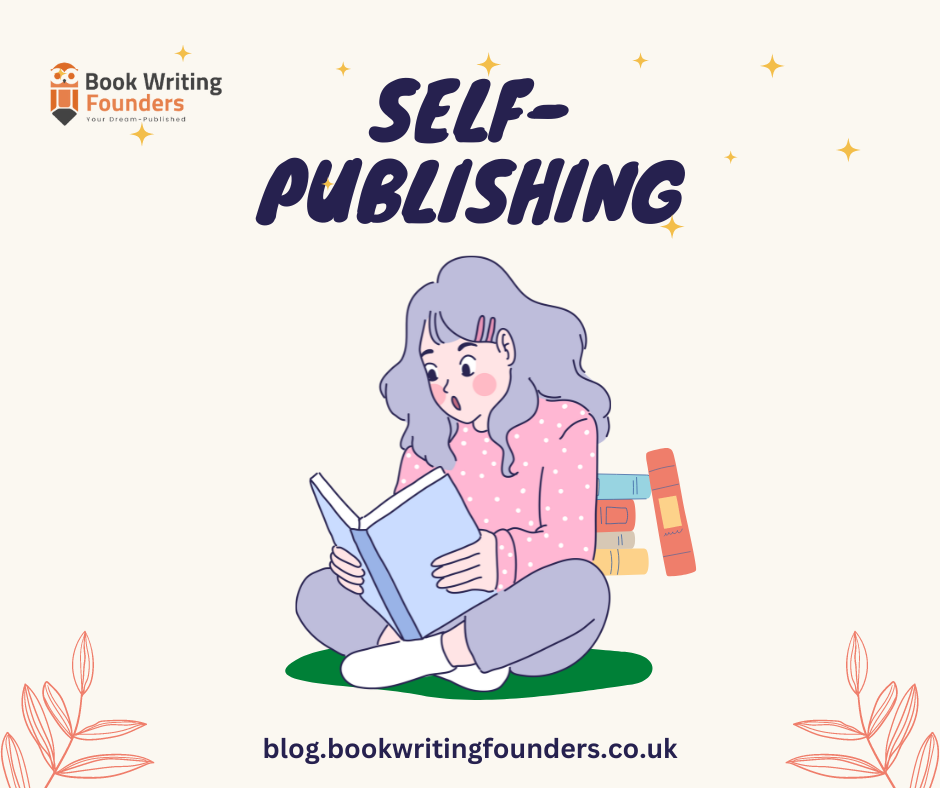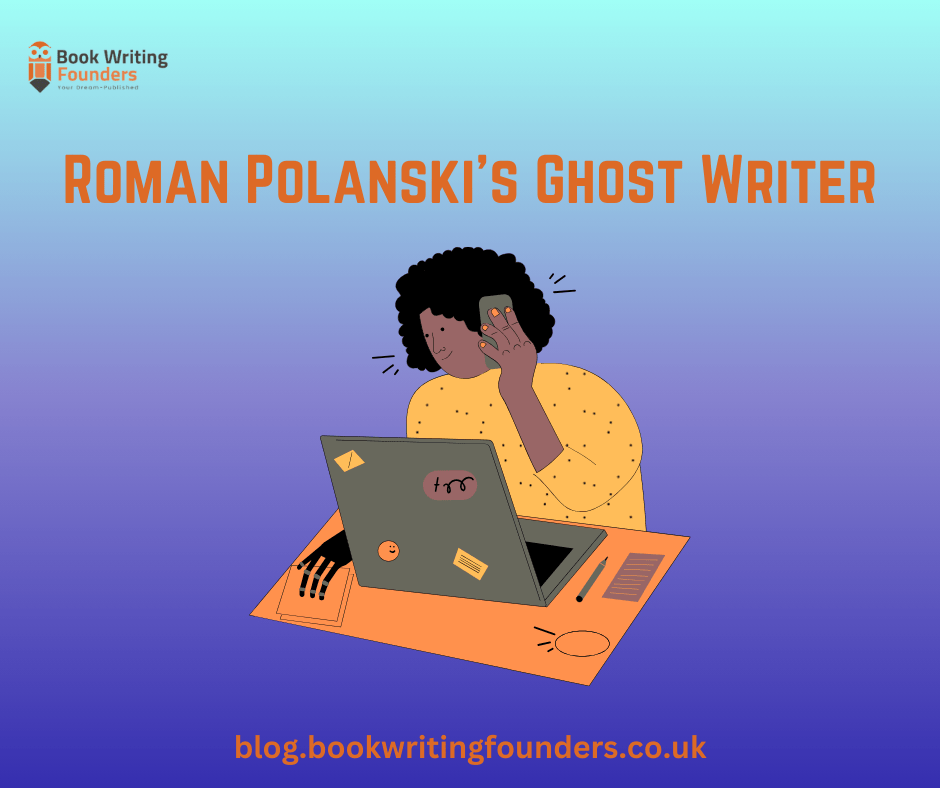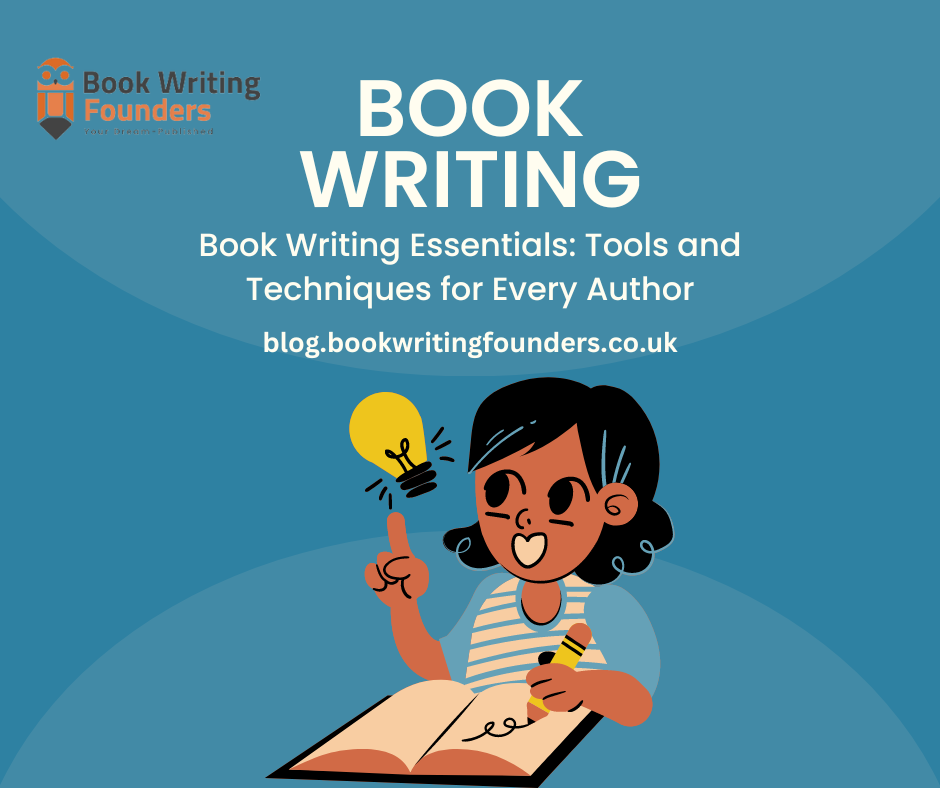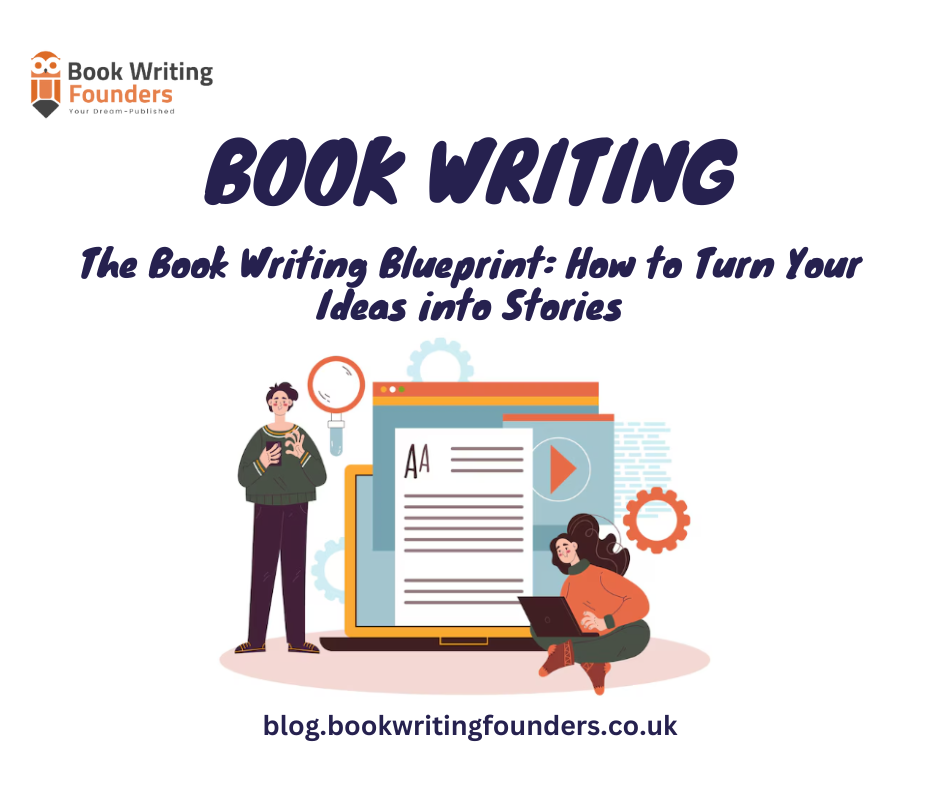
Author
Introduction
Self-publishing refers to authors independently publishing their books and controlling the entire process, including design, formatting, distribution, marketing, rights, and pricing. Instead of signing with a traditional publishing house, authors can now easily self-publish print, ebooks, and audiobooks through online platforms and book publishing services.
The self-publishing market has exploded in recent years due to the accessibility and affordability of print-on-demand technology and ebook publishing. What was once considered a non-traditional route is now a popular and lucrative option for many authors.
With self-publishing, authors retain full creative control and rights over their work. They get to set their publication schedule and keep a larger royalty percentage on each sale than traditional publishing. However, the author must also invest time and money upfront for editing, design, and marketing. There is less distribution, and the author has to lead promotion themselves.
If you are a self-publishing author and are new to the market, this guide is perfect because we will cover all the main points you need to understand as a book author. T
Types of Self-Publishing
When it comes to self-publishing, authors have several options to choose from:
Traditional Self-Publishing
Traditional self-publishing involves handling the entire process yourself or hiring freelancers – from editing and designing to printing and distributing physical copies of your book.
This route gives you full creative control but requires more upfront investment and effort. You’ll need to manage editors, designers, printers, warehousing, shipping, etc.
Print-on-Demand
Print-on-demand (POD) publishing means your book is printed only when someone orders a copy – this eliminates the need for you to print upfront and store inventory.
When readers order your book, it’s quickly printed and shipped by the POD company you work with. This makes publishing accessible without huge financial risk or storage needs. Major POD companies include IngramSpark, Amazon KDP, and Barnes & Noble Press.
Ebooks
Self-publishing ebooks is a popular option, allowing you to release digital versions of your book for devices like Kindle and iPad.
Ebooks involve minimal upfront costs and make worldwide distribution easy. You simply upload your manuscript and cover to ebook distribution platforms like Amazon, Apple Books, Kobo, Google Play, and more. However, ebooks typically sell for lower prices than print.
Audiobooks
For authors who want an audio version of their book, self-publishing audiobooks is also an option. You’ll need to narrate your book yourself or hire a professional narrator. Then, you can distribute your completed audiobook to platforms like Audible, iTunes, and Google Play. Audiobooks expand your audience reach, though they require more production effort.
Pros of Self-Publishing
One of the biggest advantages of self-publishing is that you maintain full creative control over your book. You don’t have to compromise your vision or make changes because an editor or publisher wants you to. You can decide about the content, title, cover design, etc.
Another pro is that the process can be much faster than traditional publishing. You don’t have to spend months or years pitching to agents and publishers. Once your book is written and edited, you can self-publish it in days or weeks. This allows you to get your book to market faster.
You also get to keep a larger percentage of royalties. Traditional publishers usually offer 10-15% royalties, whereas with self-publishing, you can earn 60-70% royalties per book sold. Since you’re not splitting the profits with a publisher and you get to set your price, you stand to make more money per sale.
Cons of Self-Publishing
Self-publishing requires more upfront investment from the author. Unlike traditional publishing, you typically won’t receive an advance from a publisher to offset costs. The author has to front the costs for editing, book formatting, cover design, printing, and other services. This can range from a few hundred to thousands of dollars depending on the type of book and services required.
Book Marketing and distribution are also primarily the author’s responsibility. Authors have to build their author platform and audience to promote the book. While Amazon and other retailers make the book available, you won’t have the distribution power of a large traditional publisher behind you. Promoting and selling the book relies heavily on your marketing efforts.
There is still a stigma around it in some circles. Some believe self-published books are of lower quality since anyone can publish them. However, this perception has shifted significantly in recent years as many successful indie authors have proven they can produce high-quality books independently. However, overcoming lingering bias can still be a hurdle.
Self-Publishing Platforms
When self-publishing a book, you must choose a platform to publish and distribute your book. There are many options to choose from, but some of the most popular and reputable platforms are:
Amazon Kindle Direct Publishing (KDP)
Amazon KDP is one of the largest platforms for self-publishing ebooks. With KDP, you can publish your book to Kindle devices and apps. KDP also allows you to publish paperbacks. Key features of KDP:
- Large reader audience – Access to millions of Kindle users.
- Easy publishing – User-friendly dashboard to upload and publish your book.
- Free ebook publishing – You keep 70% royalty for ebooks priced at $2.99-$9.99.
- Paperback publishing – Create paperbacks to sell on Amazon.
IngramSpark
IngramSpark is a self-publishing platform that allows you to publish print, ebook, and hardcover books. Your books get distributed to thousands of retailers like Amazon, Barnes & Noble, bookstores, and libraries. Key features:
- Global distribution – Books distributed across major retailers.
- Print, ebook, and hardcover publishing.
- Higher royalties – You can earn 60%+ royalties on books sold through IngramSpark.
- On-demand printing – Books are only printed when ordered.
Lulu
Lulu is a popular self-publishing platform to create and sell print and ebooks. Lulu makes it easy to get your book published and available in bookstores. Key Lulu features:
- Print and ebook publishing.
- Global distribution – Reach readers across stores and online retail.
- Keep 100% royalties – You set the price and keep all profits on books sold via Lulu.
- Easy publishing process – User-friendly dashboard.
Editing and Formatting
Proper editing and formatting are critical steps in the publishing process. Investing in professional editing and design like the Book Writing Founders UK and many others can elevate your book and lend legitimacy as an author.
Cover Design
The book cover design is crucial for attracting readers and selling your book. You have two main options for your book cover – creating it yourself using do-it-yourself software or hiring a professional designer.
Pricing Your Book
Pricing your self-published book can be a tricky balancing act. On one hand, you want to price it competitively and make it accessible to readers. On the other hand, you want to receive fair compensation for your hard work and earn decent royalties. There are several factors to consider when pricing your book.
Marketing and Promotion
Marketing and promotion are critical for getting your self-published book discovered. With hundreds of thousands of books published yearly, you must implement an effective marketing strategy to stand out.
Conclusion:
Self-publishing lets authors publish their books themselves, giving them control over every part of the process, like how the book looks, when it’s released, and how much it costs. It’s become a popular option because technologies that print books only when ordered, called print-on-demand and ebooks, have made publishing easier and cheaper.
Authors can make more money on each book sold, but they must pay for their editing and marketing and work harder to get their books out there.
Whether you’re making a paper book, an ebook, or an audiobook, there are different ways to self-publish, each with its benefits. While you have to invest your money and do a lot of the legwork for marketing, the control and faster publication time can make self-publishing a rewarding choice for writers.





